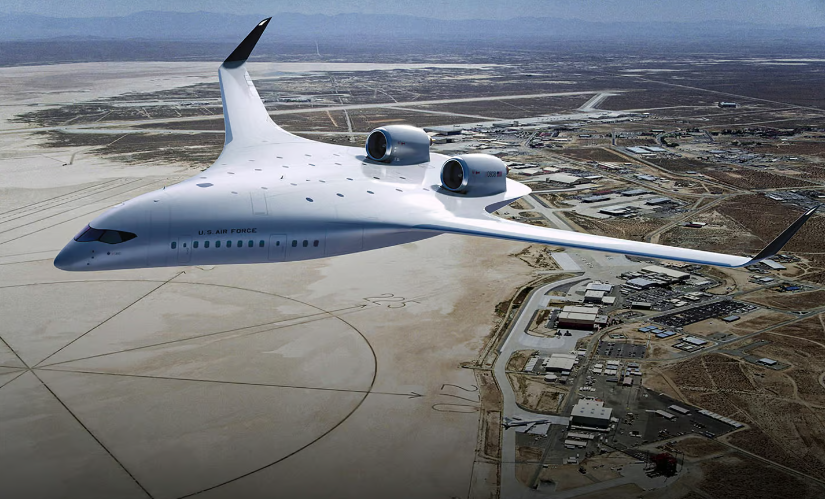JetZero’s Blended-Wing Hydrogen-Powered Aircraft Promises 50% Emissions Reduction

Blended-wing body aircraft are not a new idea; in fact, the same design has already been used in military applications. Thanks to their inherent design, these aircraft have a reduced wetted area, thus reducing the drag when compared to regular aircraft. As a result, they are more efficient through the air and create higher lift with a smaller wingspan.
Now, the same design started to gain traction in commercial aircraft. JetZero, a company based in Long Beach, California, works on a 250-passenger blended-wing aircraft powered by hydrogen, which they say could cut emissions and fuel consumption by 50% when compared to a similarly sized Boeing aircraft. That’s mainly thanks to the flat fuselage, which helps to create more lift. However, the blended-wing design also negates the need for a tail wing, thus reducing drag and weight.
JetZero was awarded $235 million by the US Department of Defense at the beginning of this year. However, it also received funding from easyJet, a UK-based air carrier, and Alaska Airlines, both of which see JetZero’s solution as the way forward.
“We are proud to invest in JetZero’s development of this innovative next-generation aircraft, with a significant step-change in fuel efficiency. We and JetZero share a vision for more sustainable aviation, and we are excited to partner with them in creating that future,” said Diana Birkett Rakow, senior vice president of public affairs and sustainability at Alaska Airlines.
Another big advantage of JetZero’s aircraft is that it’s agnostic to any propulsion method. Thus, initially, it could work with regular aircraft engines, but in the future, it could be converted to hydrogen for zero-emission flights. The design of the aircraft itself creates more space for hydrogen storage, making it superior to regular aircraft in that area. Not to mention, the aircraft can fit more people toward the wings, so it’s more space-efficient, too.
JetZero plans to expand its blended-wing design to other types of aircraft, including tankers and freighters. So, expect to see more of these futuristic-looking aircraft in airports in the next few decades!

 Tech Steel & Materials
Tech Steel & Materials
Comments are closed